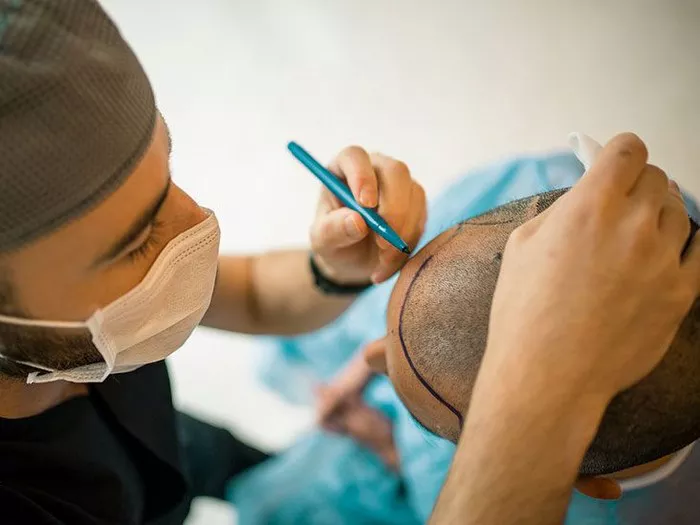Hair transplant surgery has become a sought-after solution for those seeking to address hair loss and restore natural growth. However, a common concern among potential candidates is the perceived pain associated with the procedure. In this exploration, we delve into the question: Is it painful to have a hair transplant?
1. Understanding the Hair Transplant Process
Before delving into the discomfort aspect, it’s essential to understand the hair transplant process. The two primary techniques, Follicular Unit Transplantation (FUT) and Follicular Unit Extraction (FUE), involve the harvesting and transplantation of hair follicles. Both methods are performed under local anesthesia to ensure patient comfort.
2. Local Anesthesia: Numbing the Discomfort
Local anesthesia is a key component of the hair transplant procedure. It is administered to the donor and recipient areas to numb the scalp, making the surgery virtually painless during its execution. Patients are awake and conscious during the procedure, but they do not experience pain due to the localized numbing effect.
3. Initial Anesthesia Administration
The initial administration of local anesthesia involves a series of injections using a tiny needle. While the idea of injections may cause some apprehension, the process is generally well-tolerated by most individuals. The discomfort from the injections is typically minimal, and the numbing effect takes place swiftly.
4. Comfort During the Procedure
Once the scalp is numb, patients should not experience pain during the transplantation process. The surgeon meticulously extracts or harvests individual follicles in the case of FUE or removes a strip of tissue in FUT from the donor area and transplants them to the recipient site. The absence of pain during this phase is a testament to the effectiveness of local anesthesia.
5. Post-Operative Discomfort: Managing Expectations
While the procedure itself is designed to be painless, patients may experience some degree of post-operative discomfort, which is natural after any surgical intervention. Common sensations include:
Soreness: The donor and recipient areas may feel sore for a few days post-surgery. This discomfort is often manageable with prescribed pain medications.
Swelling: Some individuals may experience mild swelling, especially around the forehead and eyes. This is a temporary side effect and usually subsides within a few days.
Scabbing: Scabs or crusts may form at the transplant site during the initial healing phase. Patients are advised not to disturb these scabs to ensure proper healing.
6. Individual Variations in Pain Perception
It’s important to acknowledge that pain perception varies among individuals. Factors such as individual pain tolerance, anxiety levels, and overall health can influence the experience of discomfort during and after the procedure. Open communication with the surgical team about any concerns or preferences can contribute to a more comfortable experience.
7. Advancements in Technique and Technology
Advancements in hair transplant techniques and technology have contributed to minimizing discomfort during and after the procedure. Smaller needles, refined extraction methods, and improved anesthesia protocols enhance the overall patient experience.
Conclusion: A Temporary Discomfort for Lasting Results
In conclusion, while the idea of a surgical procedure may evoke concerns about pain, a hair transplant is designed to be a relatively comfortable experience for patients. The administration of local anesthesia ensures that the procedure itself is painless, and any post-operative discomfort is usually temporary and manageable.
As with any surgical intervention, understanding the process, managing expectations, and open communication with the surgical team are crucial elements in ensuring a positive experience. Individuals considering a hair transplant can take solace in the fact that the temporary discomfort is a small price to pay for the potential long-term benefits of restored hair and renewed confidence.

